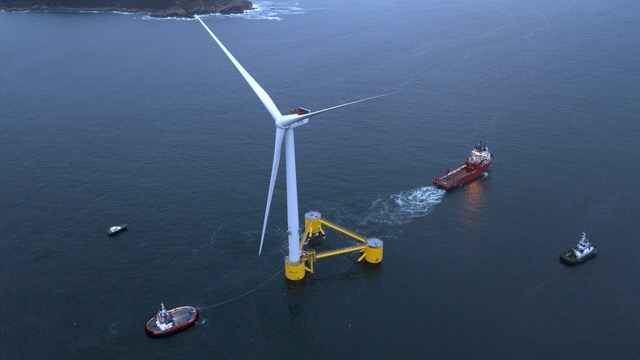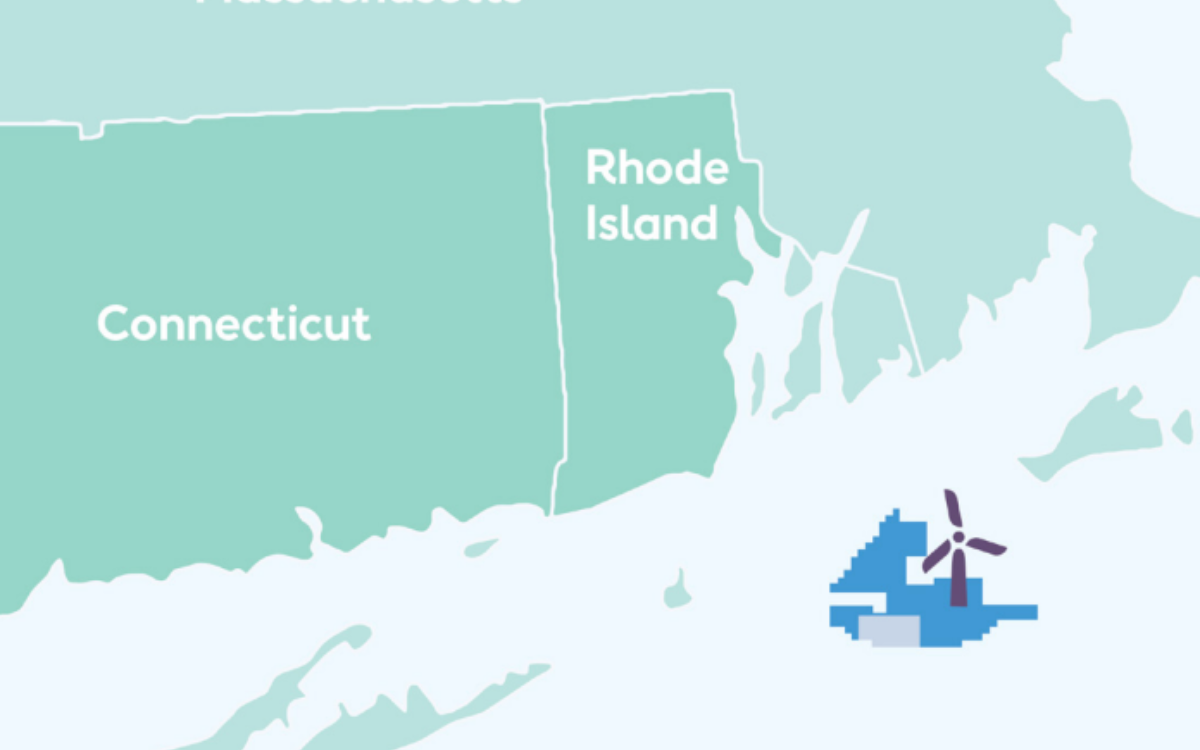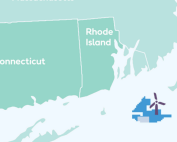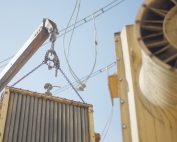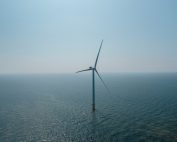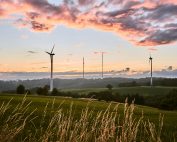Depending on whether we live to see a change in the law referring to wind energy, we will also be seeing a difference of nearly 20 GW in onshore wind potential. Poland could have 41.4 GW in wind by changing the rule to 500 meters, or 22.19 GW with no change in the law. The difference speaks for itself, and we need clean energy like never before. A new report indicating onshore wind potential was presented at the PWEA2024 Conference in Swinoujscie. – For years, the blockade of investment in renewable energy sources, the myths that have grown up around the subject, have severely hampered the energy transition – stressed Milosz Motyka, Deputy Minister of Climate and Environment, during an event organized by the Polish Wind Energy Association.
Wind energy is and will continue to be one of the key pillars of Poland’s energy transition. Awaited by the entire industry, local government and industry, new provisions freeing onshore wind investments, changing the minimum distance, but also shortening the procedures by several years were among main topics of the 19 at PWEA Conference in Swinoujscie.
– This is an eagerly awaited law, and it is a topic of great importance for the entirety of Polish energy sector, but also economy. For years, the blockade of investment in renewables, and myths that have grown up around the subject, have severely hampered the energy transition. Unfortunately, they threatened Poland’s energy security – said Milosz Motyka, Deputy Minister of Climate and Environment, during the PWEA2024 Conference. This law will soon be subject to consultation. I would like it to be in the next quarter. (…) We are all aware that basing the energy mix on renewable energy sources and nuclear power is an absolute must have – adds Deputy Minister Motyka.
The Polish Wind Energy Association has decided to estimate the current potential of onshore wind power, following growing expectations of Poland’s energy transition and the need to update strategic documents that set a clear direction for change. So far, according to the proposed update to PEP2040 prepared by the previous government in the spring of 2023, the planned capacity of onshore wind farms in 2030 would be 14.5 GW. However, in the NERC document prepared under the helm of the new government coalition, we will already find a provision stating a capacity of almost 16 GW by 2030.
PWEA’s analysis indicates an economic potential for the variant of the expected socially agreed distance (500m) of 41.4 GW, while taking into account the current location constraints (700m) – 22.19 GW by 2040. It should be borne in mind that the economic potential estimated above must be reduced by existing wind farms, whose total installed capacity is more than 10 GW – thus leaving a realizable onshore wind energy potential of 12 GW (700m variant) or 31 GW (500m variant) in a 16-year perspective.
– The results clearly show how urgent it is to proceed with the amendment of the law on investment in wind power plants, especially in the context of the distance provisions. This long-awaited change will allow investment in onshore wind power to be fast-tracked, allowing the benefits of low-cost green energy to be unlocked, as well as enabling the EU’s ambitious RES targets to be met. We cannot afford further delay – it works against society, the economy and the climate –explains Janusz Gajowiecki, president of the Polish Wind Energy Association.
The starting assumptions of the so-called theoretical potential estimated the potential of the country’s land area for the location of onshore wind power plants at approx. 3.3% surface of Poland and this indicates a potential capacity to be installed of approx. 118 GW (500m variant) with production of 360 TWh, while with current distance restrictions (700m variant) it would allow theoretical development of 1.7% of the country’s area, which would correspond to a capacity of 63 GW and power generation of 195 TWh per year. However, environmental and economic constraints are key in this regard, resulting in a reduction in theoretical potential by as much as 65%.
– In the analysis, in addition to legislative and planning constraints, we also took into account environmental considerations and land with a bonding class of I – III, which are today the main elements limiting the choice of locations for wind investments. The result obtained indicates the full potential of onshore wind in Poland, the use of which, however, depends on, among other things, legislation framework, optimization of administrative procedures and resolution of numerous problems in the operation of electricity networks – adds Weronika Kupczyk, a specialist for onshore from PWEA..
The PWEA conference is an annual, prestigious meeting of the wind industry in Poland and Central and Eastern Europe. The European-scale event has been the venue for shaping solutions to the wind industry’s most pressing challenges for 19 years. This year’s edition attracted a record number of participants. Among the speakers were respected authorities from the RES sector – politicians, experts, major investors, entrepreneurs or scientists. The discussions in which they participated aimed to develop solutions to today’s energy market challenges, supporting a sustainable future for the Polish energy landscape.
We invite you to read the report, which is available at: https://tiny.pl/d53gk
Source: PWEA
